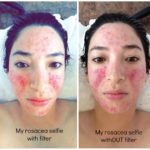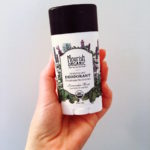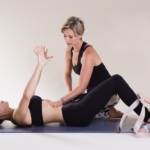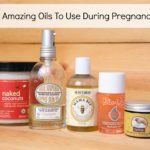Living with rosacea
Even though I have had rosacea for four years, living with rosacea is something I am still getting used to. And it’s not always easy. There are good days, and many more bad days. I’m just being honest. There are days where I’m feeling great, and other where I don’t even want to go outside because my face is so red. Rosacea is a chronic disease that slowly eats away at your self-esteem, leaving you feeling defeated and embarrassed.
Last week I shared an emotional post about coming to terms and accepting that I have rosacea. I also shared that I was going to be writing weekly installments (every Friday) about rosacea, and my experience of living with it. So, before jumping into the deep end, I figured it would be a good idea to answer some basic FAQs about rosacea in this weeks rosacea post.
What is rosacea?
Rosacea is a chronic skin condition that affects mainly the face. Most common areas are the cheeks, nose, chin and forehead. It may appear as blushing or “facial flushing” and become more persistent and visible over time.
I have rosacea on my cheeks, chin and forehead. I first noticed rosacea as redness that would come and go. But, overtime the redness became more persistent and visible, spreading from one side of my face (cheek) to the other, then to my forehead and later my chin. I also have pimple like bumps (not acne), as well as itching and burning sensation, which causes my skin to be dry, and bumpy.
There are four categories of rosacea, which range from mild to moderate, severe and ocular. Mild rosacea being “minor,” severe and ocular rosacea are “severe.”
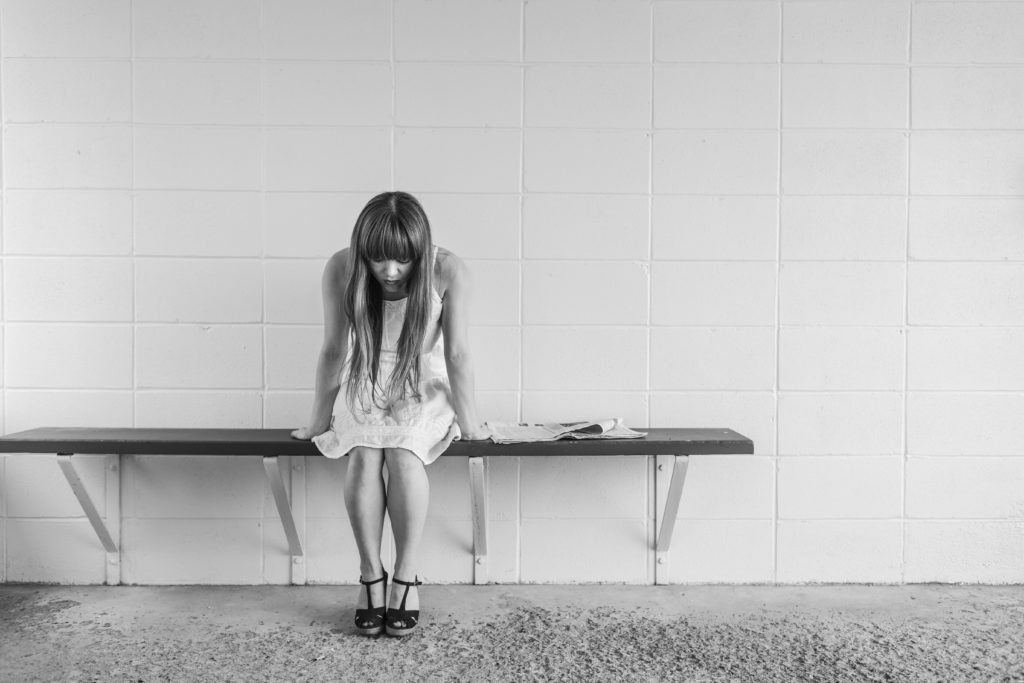
Living with Rosacea- What is it, Who get it, Signs and Symptoms, What Causes it?
Who gets rosacea?
Reading a lot of different rosacea forums, I’ve noticed that rosacea does not discriminate based on age, sex or ethnicity. Although, most of the people I know who have rosacea are fair skinned.
According the the Canadian Dermatology Association, “Rosacea usually develops in adults between ages 30 and 50. It affects both men and women, although it seems to affect more women and more severe cases seem to occur in men. It tends to affect people with fair skin, although rosacea can develop in those of any skin type.”
Signs and Symptoms.
Rosacea symptoms can vary from one person to another. Below are some common signs and symptoms:
- Frequent flushing or blushing on cheeks, nose, chin, forehead
- Persistent redness
- Red lines, due to enlarged blood vessels becoming visible
- Dry skin
- Burning, stinging, or itching
- Pimple-like bumps without blackheads or whiteheads
What causes rosacea?
Unfortunately, nobody knows what specifically causes rosacea. There are several theories floating around that vary from genetics, to environmental factors, like chronic sun exposure.
Curing rosacea.
There is no known cure for rosacea, although it can be managed with appropriate treatment and lifestyle changes.
It’s hard to hear that there is no known cure for rosacea, but that doesn’t mean that there aren’t treatments that can reduce, even eliminate symptoms. Living with rosacea means a lifestyle change, which includes seeking holistic alternatives, figuring out an effective skin care regime, and a new “diet.”
Where there is a will, there is a way, right! 😉


